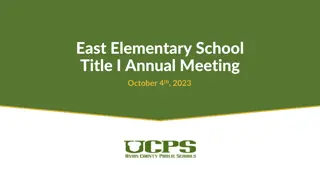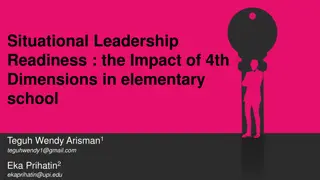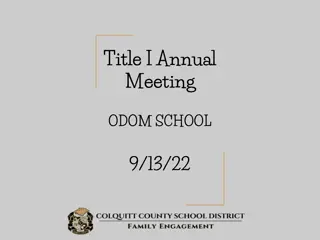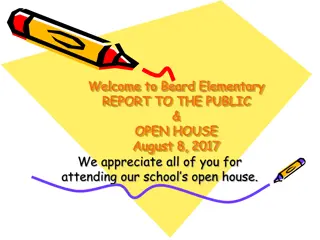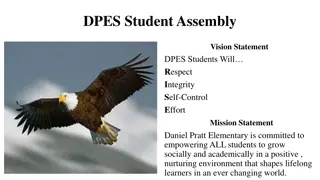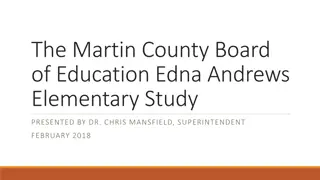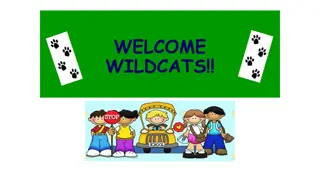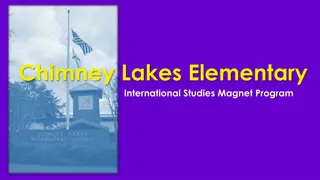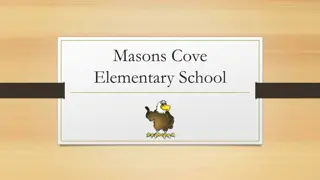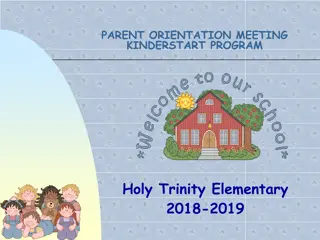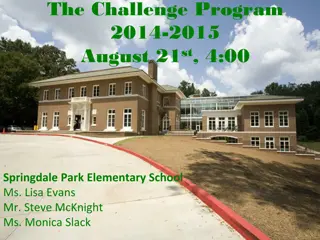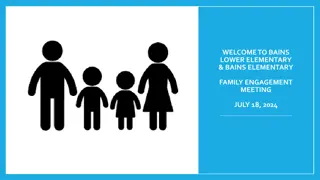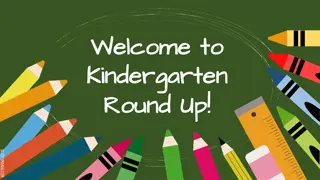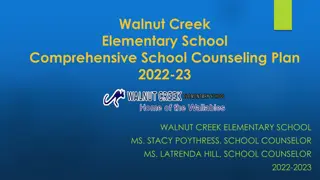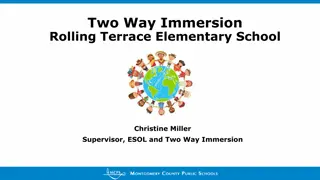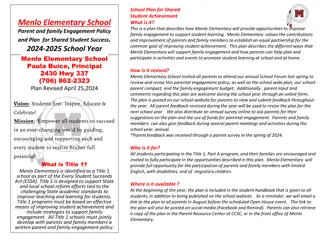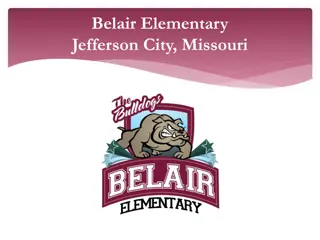History of FLES Language Program at Longfellow Elementary School
Beginning as a pilot in the mid-1990s, the FLES program at Longfellow Elementary School evolved to become a core subject district-wide by the early 2000s. This history showcases the commitment to universal access to second language learning for all students, with certified staff and program enhancements over two decades. The program aligns with the ACTFL Proficiency Guidelines, emphasizing real-world language use in speaking, writing, listening, and reading. Explore the journey of FLES education at Longfellow Elementary School through images and profiles of dedicated teachers who contribute to its success.
Download Presentation

Please find below an Image/Link to download the presentation.
The content on the website is provided AS IS for your information and personal use only. It may not be sold, licensed, or shared on other websites without obtaining consent from the author.If you encounter any issues during the download, it is possible that the publisher has removed the file from their server.
You are allowed to download the files provided on this website for personal or commercial use, subject to the condition that they are used lawfully. All files are the property of their respective owners.
The content on the website is provided AS IS for your information and personal use only. It may not be sold, licensed, or shared on other websites without obtaining consent from the author.
E N D
Presentation Transcript
Fles Foreign Language Elementary Schools Longfellow Elementary School
Las Maestras Sra. Lynch Masters Degree School Administration, Concordia University Classes Taught K- Mul/Schrems- Split Tatro, Erica 1- Sorensen- Wiezorek Bachelors Degree- Spanish Major K-12 Teacher Certification, Eastern Illinois University 2- Naber- Djikas 3- Pasq, Ibarra, Ryan, Golemes Studied at University of Salamanca- Spain Methodology presenter @ Illinois Council Of Teaching a Foreign Language. Teaching proficiency and reading through storytelling 4- Bennett, Gordon 5- Weber, Hjlmarson, Fiec, Weber
Las Maestras Sra. Ojeda Classes Taught K- Dabney Bilingual Education Teacher Endorsement Spanish K-12 1- Witz, Winchell, Lamb Bachelor s Degree- Elementary Education K-9 Certification Minor in TESL Endorsements in TESL Endorsements in Social Science, Language Arts Northeastern Illinois University 2- Aguilar, Pod, Utter 4- Heide, Pruitt, Wilkes 5- Niewald
Brief History of Fles The D97 Elementary World Language program begin in the mid- 1990s as a pilot in one school, was adopted as core subject in 2001, and was fully implemented district- wide in the early 2000s. In 2005- Complete Overhaul of the program as the The State of Illinois created a new Foreign Language Certificate which covers K-12. Certified Staff were hired in the district Shifts from 2x a week for 33 mins - 3x a week 30 Mins Two decades later the program stands as a testimony to D97 s commitment to universal access to second language learning for ALL Students.
Language Learning The ACTFL Proficiency Guidelines are a description of what individuals can do with language in terms of speaking, writing, listening, and reading in real-world situations in a spontaneous and non-rehearsed context.
Then and Now Then Now Certificates K-12 Certificates 6-12 Organic Natural Approach Drills, Lists Translations No Translations Book Centered Thematic Units Centered
We have to remember that 1) That our students are young children. 2) That our students only learn Spanish three times a week for 30 minutes (k-2) or 2x a week for 30 mins (3-5) 3) That any activity we create must be interesting and comprehensible for our students.
Our Philosophy We want our students to: 1) LOVE studying a foreign language. 2) LOVE learning Spanish. 3) Develop a range of skills necessary for becoming proficient in any foreign language, such as using learning strategies and dealing with foreign situations. 4) Develop good communication skills for any situation, such as interpreting words in context, and using communication strategies. 5) Feel comfortable speaking in Spanish, to native speakers, non-native speakers, and their friends. 6) Develop their knowledge of their own culture and language through learning about another language .
Therefore we use.. 1) We use a methodology based on using immersion using comprehensible input, teaching language in context, using TPRS (Teaching proficiency and reading through storytelling), cooperative learning groups, communicative task-driven activities, and by collaboration with teachers and staff throughout the school. 2) Establish a friendly, low-stress, yet disciplined classroom so that everyone has a safe environment in which to learn. 3) Encourage students to use Spanish whenever possible. 4) Give our students hints if they have trouble remembering a word. 5) Create lessons that incorporate language, culture, comparisons, and subject area content. 6) Introduce students to a variety of cultural games, items, crafts, songs, holidays ,and customs
What do the students learn? The Fles Curriculum is based on the National Standards for Foreign Language Learning. There are five main goals(the five Cs ): Communication, Culture, Connections (to other subjects), Comparisons (to their own language and culture) and Communities (using the language in and out of school).
What is ahead? Foreign Language Week! March 4-10
A few last facts It takes ~240 hours to improve in Spanish and our students only have class 60 or 90 minutes a week. On average, students need to hear a words ~100 X before they can effectively and efficiently produce the word. Most of our students are novice learners, and therefore they need context, visuals, and familiar contexts to help them communicate, and they do so best with those accustomed to interacting with language learners. Spanish is the mother tongue of approximately 350 million people in 21 countries. At the end of the 19th century, 60 million people were Spanish speakers. Today, nearly 500 million people across the world speak Spanish!


